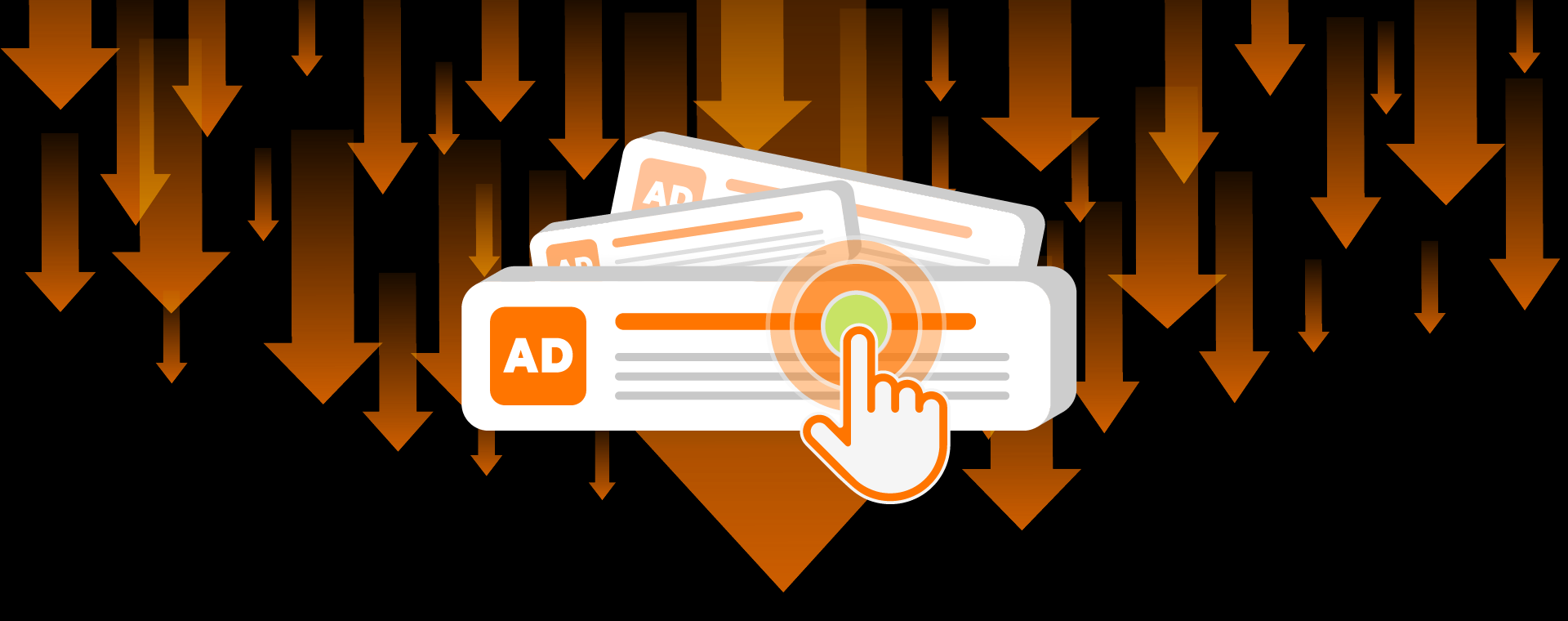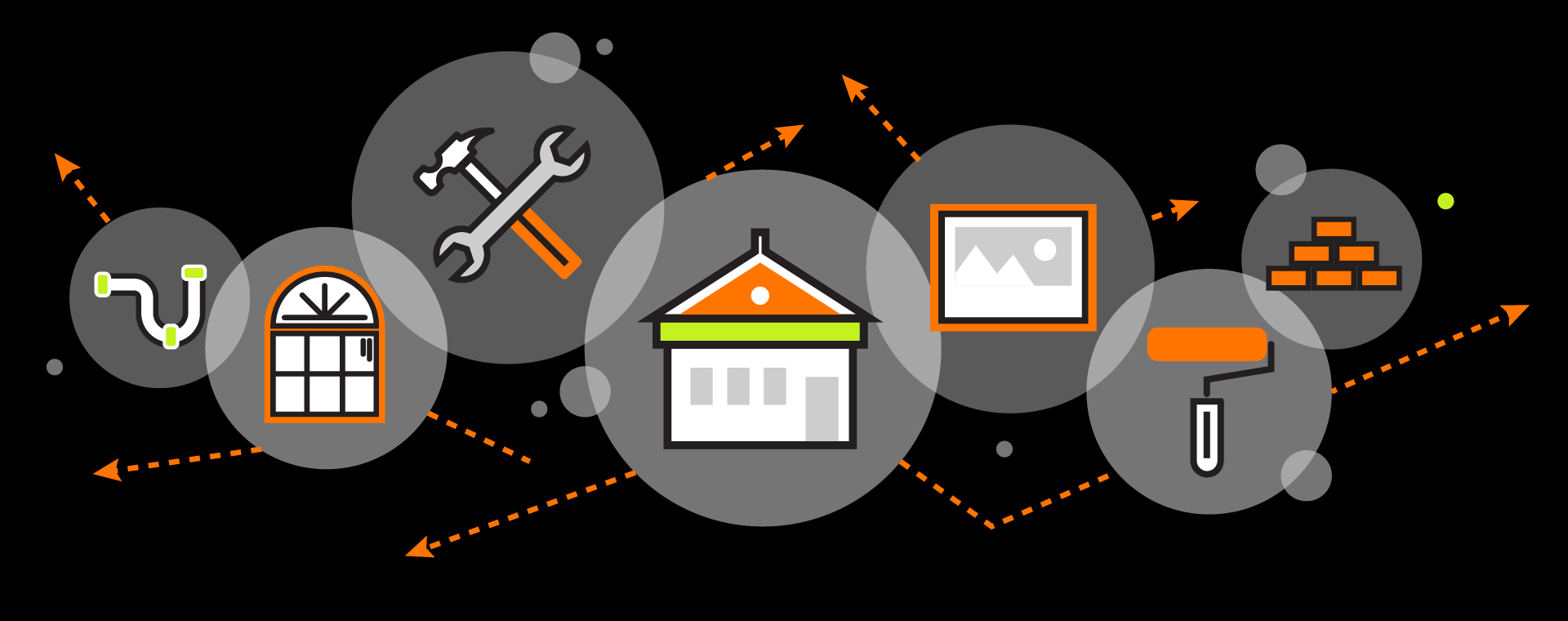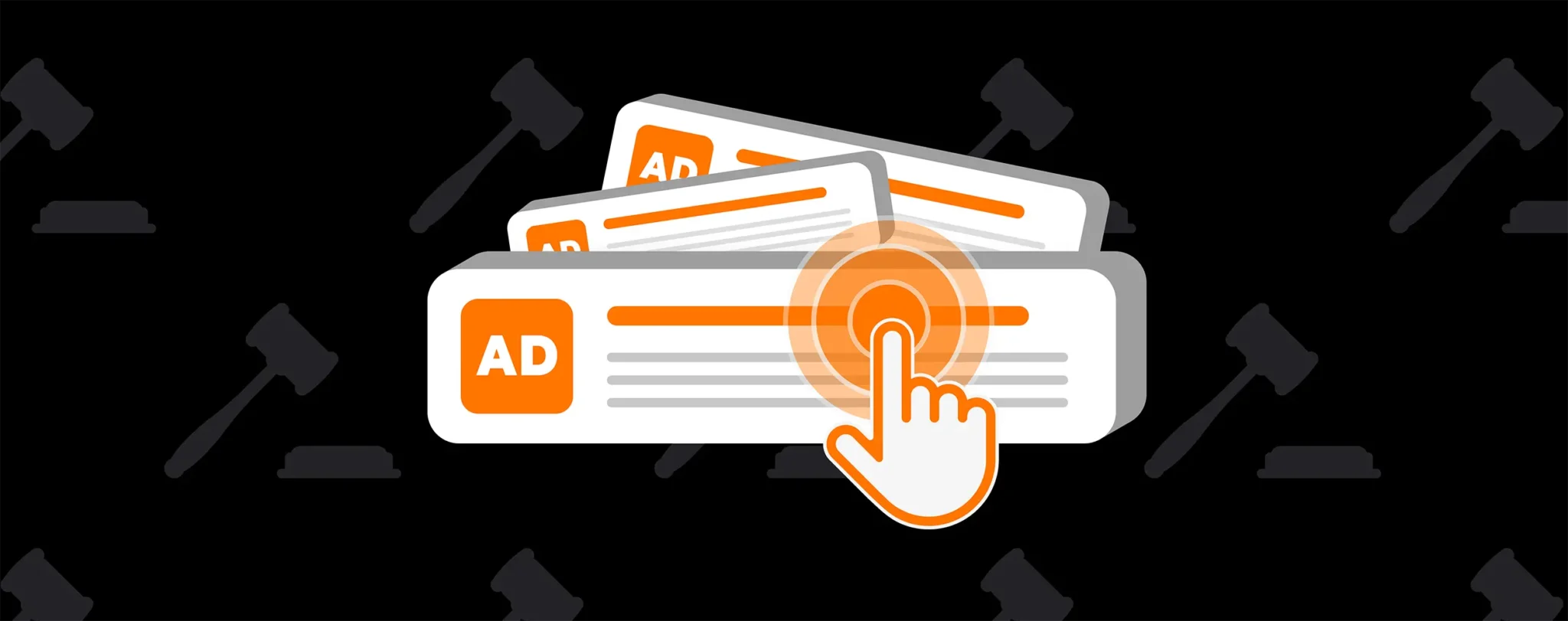Lowering Google Ads CPC: Why It Can Hurt More Than Help
You lowered your cost per click (CPC) on your Google Ads campaign by 40%. On paper, it appears to be a win. But your leads? Flatlined. Conversions? Stalled. Revenue? Still stuck in neutral.
What happened?
Here’s the truth: Lowering your Google Ads CPC can be one of the most misleading goals in paid search. It may feel like you’re improving efficiency, but often, you’re just paying less for traffic that won’t convert.
In this post, we’ll explain why chasing lower CPCs can hurt your campaigns, what metrics to prioritize instead, and how to focus your strategy on clicks that actually drive leads and revenue.
Why Some Chase Lower Google Ads CPC
CPC—cost-per-click—represents how much you pay every time someone clicks your ad.
Google Ads encourages advertisers to lower their cost per click (CPC) through smart bidding, broad match keywords, and automated recommendations. And on the surface, paying less per click seems like a smart goal.
But there’s a catch:
Cheap clicks often mean low-quality traffic.
You might get more visitors but fewer customers. That’s not optimization. That’s waste.
The Metrics That Actually Matter: Cost Per Lead and ROAS
Let’s compare two scenarios:
| Campaign | CPC | Conversion Rate | Cost Per Lead |
|---|---|---|---|
| A | $10 | 25% | $40 |
| B | $5 | 5% | $100 |
Although Campaign B has half the CPC, it costs 2.5 times more to generate a lead.
That’s why lowering your Google Ads CPC shouldn’t be the goal. Instead, focus on metrics like:
- Number of Conversion
- Conversion Rate
- Cost Per Lead (CPL)
- Cost Per Acquisition (CPA)
- Return on Ad Spend (ROAS)
These are the numbers that actually impact your bottom line.
Why Lower CPCs Often Bring Lower Quality Clicks
Here’s where things go wrong when lowering CPC becomes the priority:
1. Broad Match Keywords
Broad match tends to generate irrelevant impressions and attract low-intent clicks, all for the sake of a lower cost per click (CPC).
2. Lack of Negative Keywords
Without a solid negative keyword list, your ads show for search queries that have nothing to do with what you offer.
3. Ignoring Search Term Reports
The keyword might look good, but what are people actually typing when your ad is triggered? If you’re not reviewing your search terms, you won’t know where your money is going.
How to Focus on Quality Instead of Lowering CPC
Want to get more from your Google Ads spend? Stop obsessing over lowering CPC—and do this instead:
Use the Right Match Types
Rely more on phrase match and exact match to target users with higher intent.
Monitor Your Search Terms Regularly
Review search terms weekly. Pause or exclude any that aren’t aligned with your goals.
Build a Strong Negative Keyword List
Actively manage a growing list of keywords that you don’t want to trigger your ads.
Improve Ad Relevance and Landing Pages
Ensure your ad copy and landing pages align with search intent to boost conversion rates.
When Lower CPC Does Make Sense
There are a few situations where lowering your Google Ads CPC is a smart play:
- Branded search campaigns with high relevance and Quality Score.
- Remarketing campaigns targeting warm audiences.
- Top-of-funnel awareness campaigns, where volume matters more than conversion.
Even then, the goal should still be efficiency, not just cheap traffic.
Final Takeaway
Lowering Google Ads CPC can backfire if it’s not paired with traffic quality. It may look good on paper, but if you’re not getting leads or sales, it’s hurting—not helping—your results.
Instead of asking “how much am I paying per click?”
Ask: “What kind of clicks am I paying for?”
Look at your search terms. Analyze your conversion data. Track cost per lead and ROAS. That’s where the real wins are.
Want to know if your CPC strategy is helping or hurting your business? Contact Timmermann Group for a free Google Ads audit and strategy session.






